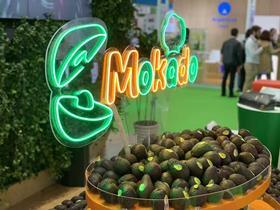
Between March and May last year, the price of avocado remained high in China, according to Shanghai-based importer, Frutacloud.
In June, pricing took a turn for the worse and plummeted, with the trend continuing through to December. Frutacloud said the reason for this was a flood of Peruvian avocados into the Chinese market in June.
“Avocado pricing in China is driven heavily by supply and demand in the market. Usually, in the period between January to April, avocado prices trend upwards and can reach a peak due to lack of supply in the market. In this period, the Chilean avocado season is about to end, the Peruvian avocado season just starts, and the quality of Mexican avocado is unstable,” the company said.
“A huge amount of Peruvian avocado then rushes into the Chinese market starting in May. Currently, the demand for avocado in China is still in the stage of infancy, and once the overflowing supply of Peruvian avocado hits the market, the price drop is inevitable.”
According to Chinese customs data, from 2017 to 2018 avocado imports grew 34.4 per cent from 32,000 tonnes to 43,000 tonnes. Mexican imports made up a majority of this supply at 13,700 tonnes, followed by Peru at 16,600 and Chile at 12,700 tonnes.
Despite the low selling price for importers, consumers were pleased and food service outlets promoted a number of inventive avocado dishes.
Frutacloud said Chinese consumers are mostly unfamiliar with avocados, and many have had not had a positive experience buying them.
“The biggest obstacle for consumers to develop interests in the avocado is that they might miss the right timing to eat the avocado in the process of ripening and the avocado ends up rotting,” the company said.
Its Mokado brand is used to promote ready-to-eat avocado, avoiding confusion and ensuring a positive eating experience for Chinese consumers.



